Walmart will close 154 US outlets and 115 international stores as it cuts its convenience footprint and invests in its ecommerce offer.
Walmart’s Express store format, which has been trialled since 2011, will make up the bulk of US closures. The retailer’s international closures will be made across its loss-making Latin American outlets, including 60 recently closed unprofitable stores in Brazil.
According to a press release from the supermarket giant and parent company of Asda, a total of 16,000 employees “will be impacted” by the stores closures.
Walmart’s chief executive Doug McMillon said: “The decision to close stores is difficult and we care about the associates who will be impacted.
“We invested considerable time assessing our stores and don’t take this lightly. We are supporting those impacted with extra pay and support, and we will take all appropriate steps to ensure they are treated well.”
New focus
Walmart is focusing on developing its Supercenter store format and ecommerce offer in the US and plans to open between 200 and 240 international stores this year.
“Closing stores is never an easy decision, but it is necessary to keep the company strong and positioned for the future”
Doug McMillon, Walmart
“Actively managing our portfolio of assets is essential to maintaining a healthy business,” said McMillon.
“Closing stores is never an easy decision, but it is necessary to keep the company strong and positioned for the future. It’s important to remember that we’ll open well more than 300 stores around the world next year.
“So we are committed to growing, but we are being disciplined about it.”
Strategy shift
Walmart’s store closures are indicative of a shift in strategy for the retailer.
Conlumino chief executive Neil Saunders said: ”Although the extent of the store closures, which amount to fewer than 1% of Walmart’s global store footprint, should not be overplayed, they represent a change in focus for the world’s largest retailer.
“The current and future priority is on creating a seamless multichannel proposition. This requires extensive investment that necessitates very tight cost discipline elsewhere, especially on the store front.
“Ultimately it also means that supporting existing sales will require fewer and fewer stores.”













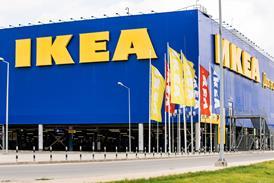






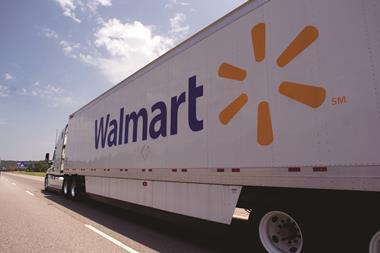
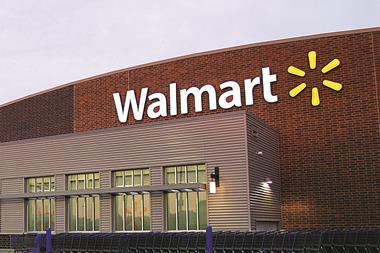
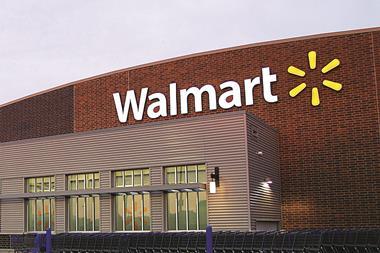


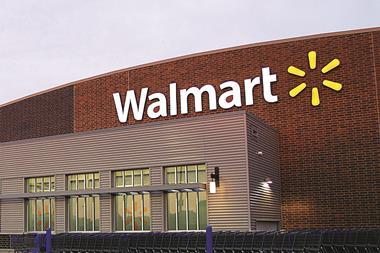
No comments yet